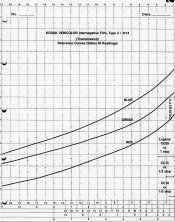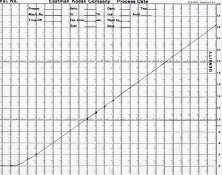I don't know ANYBODY doing commercial interneg work these days. Why would they? They scan instead. But it is still certainly feasible. You just need to pioneer your own technique. I did some experimenting a couple years ago; but it involved 8x10 contacts, with multiple steps, onto Portra 160, then onto 30x40 Fuji Super C Prints.
Well... The internegatives I want to make are of my own work. Stuff that is my archives for 20 years. Just for kicks. Most of it are in 35mm film.
I don't have a large format enlarger and know that masking is a very advanced technique that's hard to master.
Anyway, I know I have a long way to go.
Good home cooking takes a lot of time. If you just want a fast greasy hamburger, that's another story.
I was thinking something simple, like a nice rib eye steak and garlic mashed potatoes.







